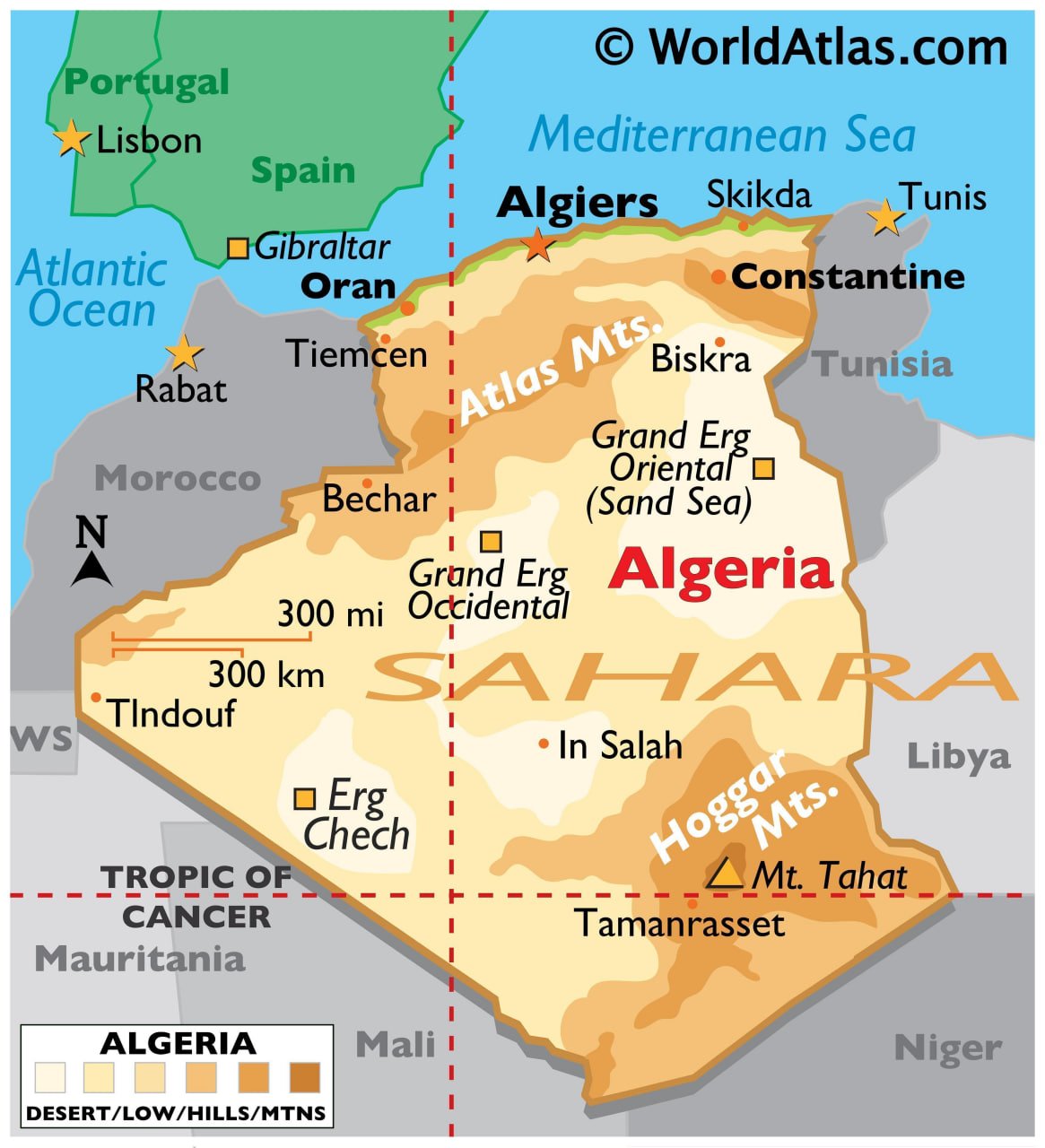Physicists have found a way to ‘see’ inside short-lived nuclei.
Seeing the atom nuclei
The SCRIT advantage
The Bureau of Indian Standards (BIS) has made certification mandatory for reusable water bottles and utensils made of various to curb sales of substandard products.
Indian Standards Institute (ISI) & Bureau of Indian Standards (BIS)
Securities and Exchange Board of India (SEBI) is planning to implement one-hour settlement of trades system.
Trade Settlement
One-hour trade settlement system
A new type of random number generator being developed in Linköping University, Sweden, promises to make digital information exchange safer, cheaper and more environment-friendly.
QRNG
True random number generators (TRNGs)
In May 2020, some unusual rocks containing distinctive greenish crystals were found in the Erg Chech sand sea.

Aluminium-26 decays relatively quickly (after around 705,000 years). It is useful for determining the relative ages of different objects, but not their absolute age in years.